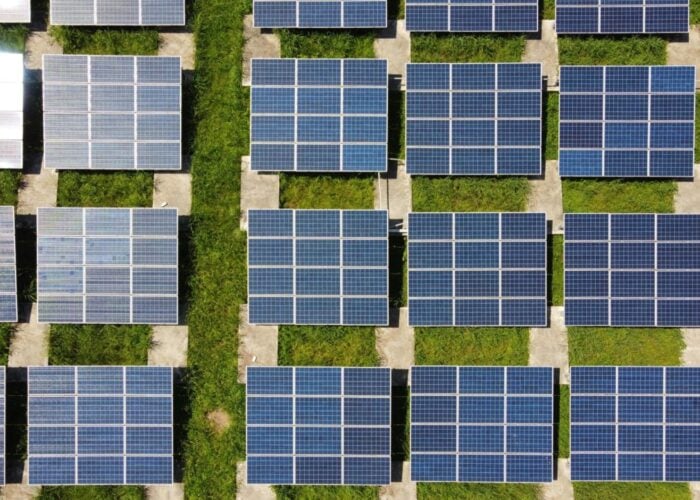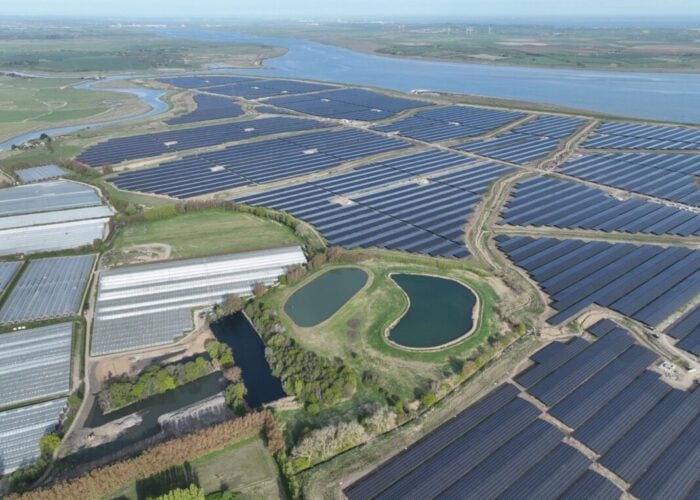The US Environmental Protection Agency (EPA) and the US Department of Energy’s National Renewable Energy Laboratory (NREL) are evaluating the feasibility of developing renewable energy production on Superfund, brownfields and former landfill or mining sites.
The Superfund Bill (or Comprehensive Environmental Response, Compensation and Liability Act), enacted in 1980, identifies the most complex, uncontrolled or abandoned hazardous waste sites for cleanup. Brownfields are properties at which expansion, redevelopment or reuse may be complicated by the presence of contaminants.
Unlock unlimited access for 12 whole months of distinctive global analysis
Photovoltaics International is now included.
- Regular insight and analysis of the industry’s biggest developments
- In-depth interviews with the industry’s leading figures
- Unlimited digital access to the PV Tech Power journal catalogue
- Unlimited digital access to the Photovoltaics International journal catalogue
- Access to more than 1,000 technical papers
- Discounts on Solar Media’s portfolio of events, in-person and virtual
As of November 20, 2010, 1,280 sites were listed on the National Priority List, an additional 347 have been delisted and 62 new sites have been proposed.
EPA partnered with NREL to do an initial screening to determine sites that may be used for renewable energy projects. The 26 sites are located in Vermont, New York, New Jersey, Delaware, Georgia, Mississippi, Illinois, Indiana, Louisiana, New Mexico, Iowa, Missouri, Kansas, Nebraska, Colorado, Montana, California, Arizona, Oregon, and Washington. The EPA and NREL believe contaminated lands can be ideal locations for developing renewable energy projects because they often can leverage existing utility infrastructure.
In September 2008, EPA launched the RE-Powering America’s Land initiative to encourage development of renewable energy on potentially contaminated land and mining sites.
The EPA will be pumping US$1 million to revitalize these abandoned sites, with the parties responsible (PRPs) usually paying for the cleanup of the contamination, which one source sites as costing in the region of US$30 million. Approximately 70% of Superfund cleanup activities have been paid for by the PRPs.
Projects will analyze the potential development of wind, solar, biomass or geothermal in order to determine the best renewable energy technology for the site, the optimal location for placement of the renewable energy technology on the site, potential energy generating capacity, the return on the investment, and the economic feasibility of the renewable energy projects.
“The RE-Powering America's Land Initiative is not just about using these sites for energy production but using these sites to re-energize communities,” said Mathy Stanislaus, assistant administrator for EPA’s Office of Solid Waste and Emergency Response. “These studies are the first step to transforming these sites from eyesores today to community assets tomorrow.”







